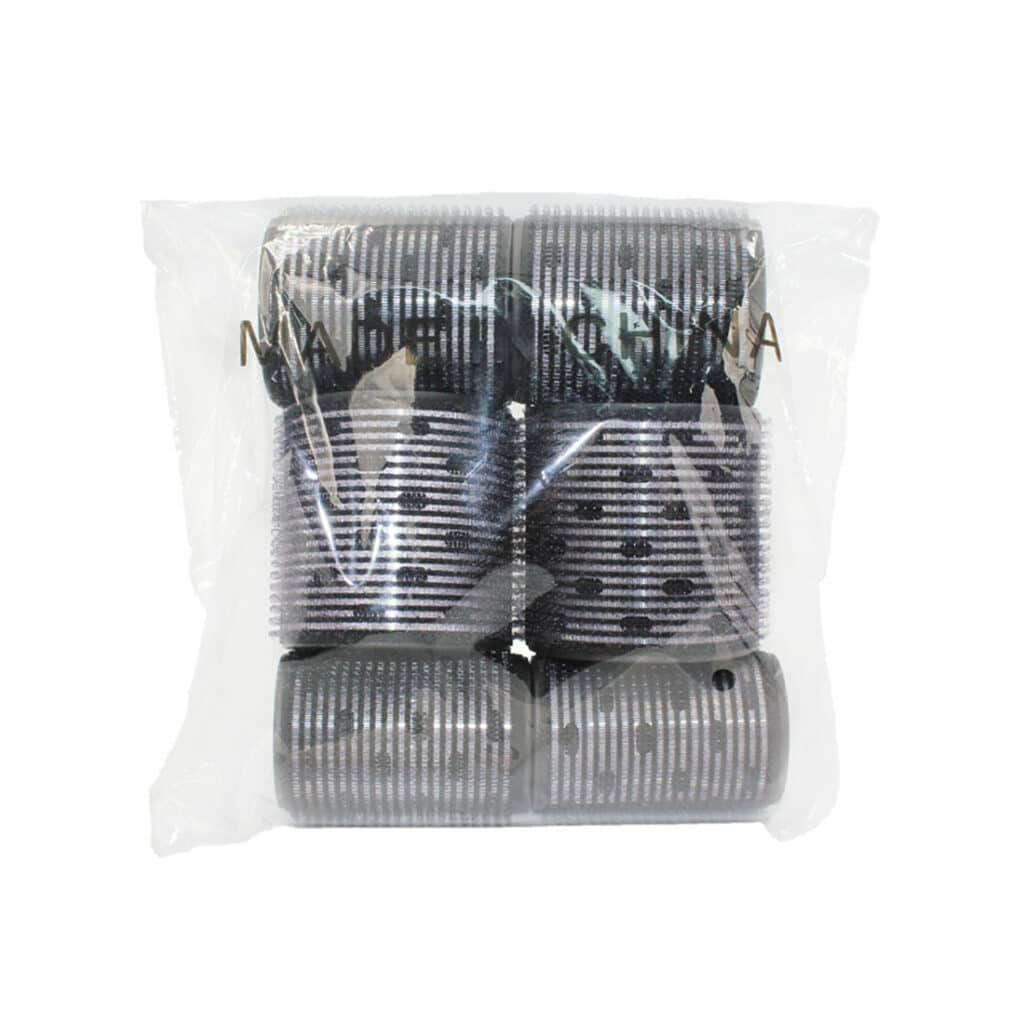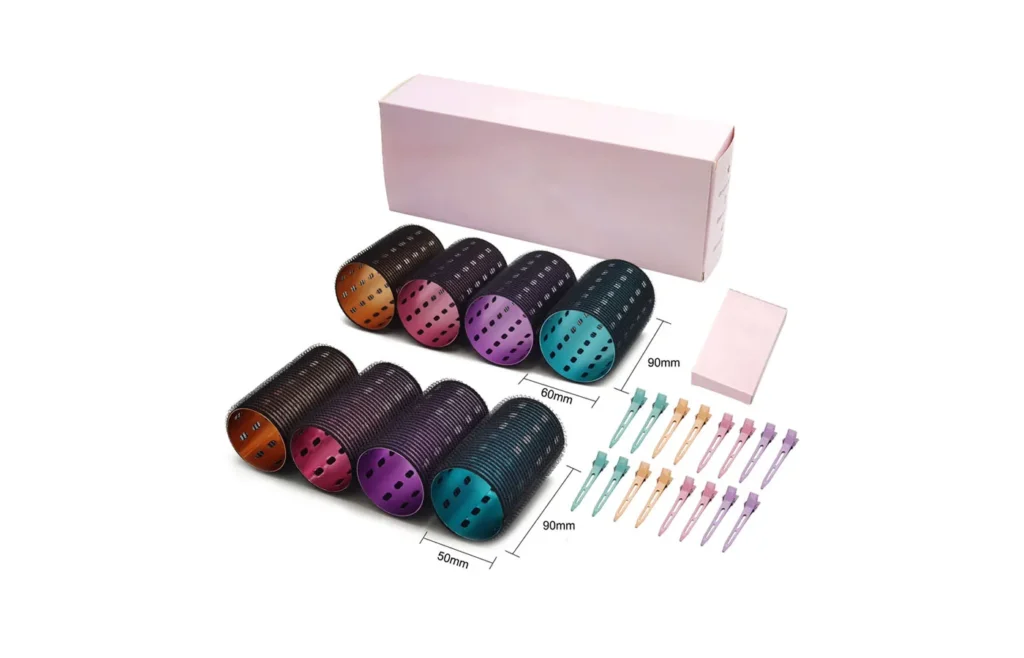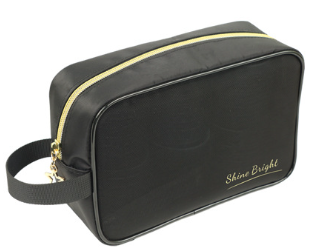When selling hair rollers, packaging is not just a protective layer. An important part of your brand and customer experience exists. From clear bags to leather pouches and cardboard boxes, good packaging can make your product more appealing and save money. In this article, we’ll explore popular packaging options, material choices, and tips for cost-effective branding.
Table of Contents
Toggle1. Common Hair Roller Packaging Types
A. Transparent Plastic Bags

Transparent bags are a budget-friendly option that allows customers to see the product instantly. They’re lightweight, easy to ship, and ideal for brands targeting mass markets. However, they may lack the premium feel of other materials. For added durability, consider PET or recyclable plastic variants.
B. Leather Pouches

Leather (or faux leather) pouches exude luxury and are perfect for high-end hair rollers. They’re durable, reusable, and often favored by customers seeking a travel-friendly option. To balance costs, opt for synthetic leather or hybrid designs with leather accents.
C. Cardboard Boxes

Cardboard boxes offer versatility and eco-friendliness. They can be customized in various sizes and finishes:
- Matte vs. Glossy: Matte finishes provide a subtle, elegant look, while glossy coatings add vibrancy.
- Reinforced Designs: Add inserts or foam padding to protect delicate rollers during transit.
D. Fabric Bags (Cotton, Linen, or Non-Woven)

Fabric bags are reusable, eco-conscious, and ideal for brands promoting sustainability. Cotton and linen bags have a natural texture, while non-woven polypropylene is water-resistant and affordable.
2. Material Subtypes: Choosing the Right Texture
Even within each packaging category, material textures can influence perception:
- Paper-Based Boxes: Kraft paper (rustic), white corrugated (modern), or textured art paper (premium).
- Plastic Bags: Frosted vs. clear finishes—frosted adds a subtle premium touch.
- Fabric Bags: Organic cotton (soft), burlap (earthy), or velvet-lined pouches (luxury).
Pro Tip: Match the material texture to your brand’s personality. For example, minimalist brands might opt for smooth matte boxes, while bohemian-inspired lines could use jute or linen.
3. Logo Printing: Keep It Simple and Cost-Effective

Adding your logo to packaging is non-negotiable for brand recognition—but complex designs can inflate costs. Here’s how to optimize:
A. Stick to 1–2 Colors
Multi-color prints require separate plates for each color, increasing setup fees. Single-color or dual-tone logos (e.g., black + gold) reduce expenses while maintaining sophistication.
B. Choose High-Contrast Color Pairings
Ensure your logo stands out:
- Black/white on kraft paper.
- Metallic foil on dark leather.
- Pastels on matte cardboard.
C. Opt for Standard Printing Techniques
- Screen Printing: Ideal for fabric bags and simple designs.
- Hot Stamping: Adds metallic accents to leather or boxes.
- Digital Printing: Best for small batches with detailed artwork.
Avoid: Gradient effects or photorealistic prints—these often require expensive CMYK printing.
4. Balancing Aesthetics, Functionality, and Budget
- Bulk Orders: Negotiate discounts with suppliers for larger quantities.
- Modular Designs: Use the same box/pouch template for multiple products to save on tooling costs.
- Eco-Conscious Choices: Recyclable or biodegradable materials (e.g., FSC-certified paper) appeal to environmentally aware shoppers and may justify a slight price premium.
5. Final Tips for Standout Packaging
- Include Practical Features: Add handles for giftability or a magnetic closure on leather pouches.
- Add a Unboxing Experience: Tissue paper, thank-you cards, or QR codes linking to styling tutorials.
- Test Durability: Ensure packaging survives shipping—crushed boxes or torn bags harm your reputation.
Conclusion
Hair roller packaging should align with your brand’s values, target audience, and budget. You can choose transparent bags for low cost, leather pouches for luxury, or eco-friendly cardboard boxes.
Keeping your logo design simple and being intentional with materials will keep costs down. Ready to create custom packaging? Start by sampling materials and experimenting with minimalist branding—your customers (and your profit margin) will thank you!
